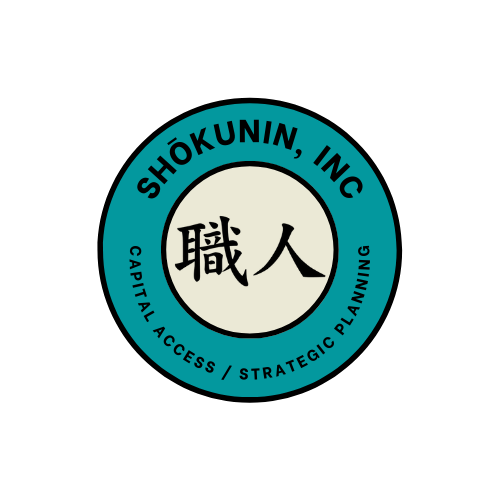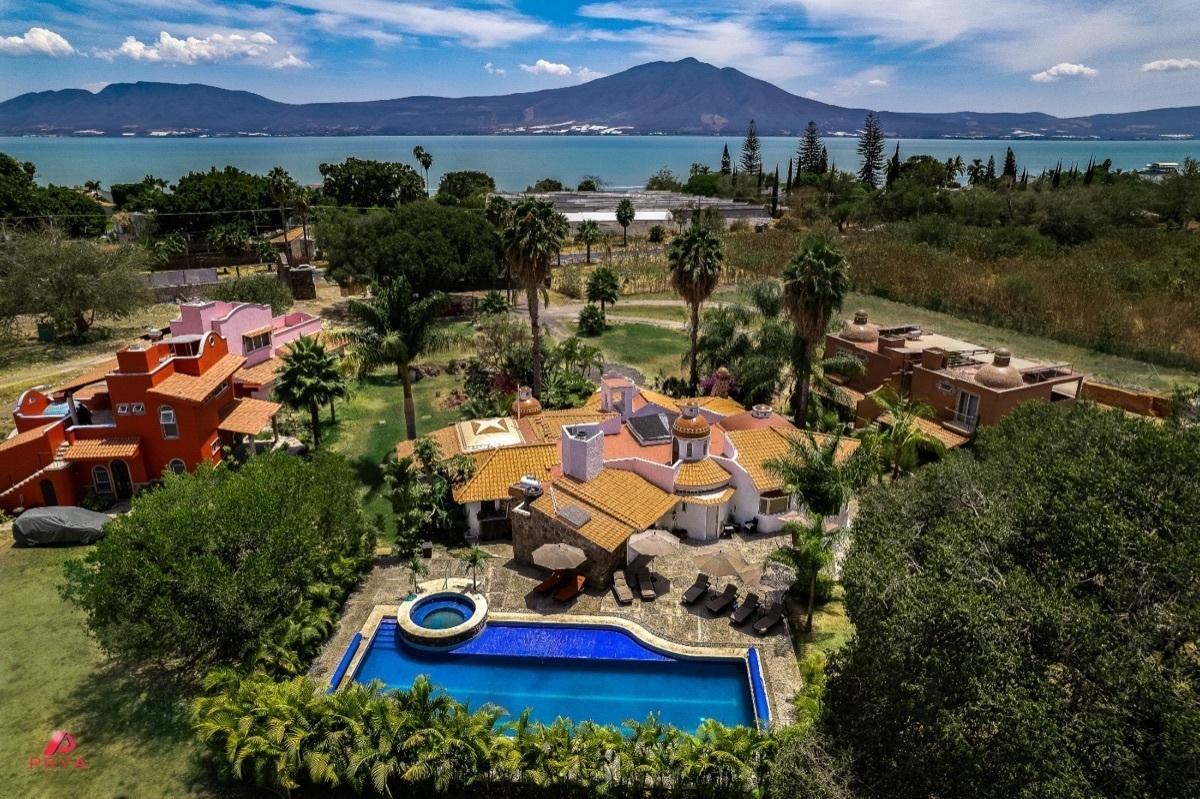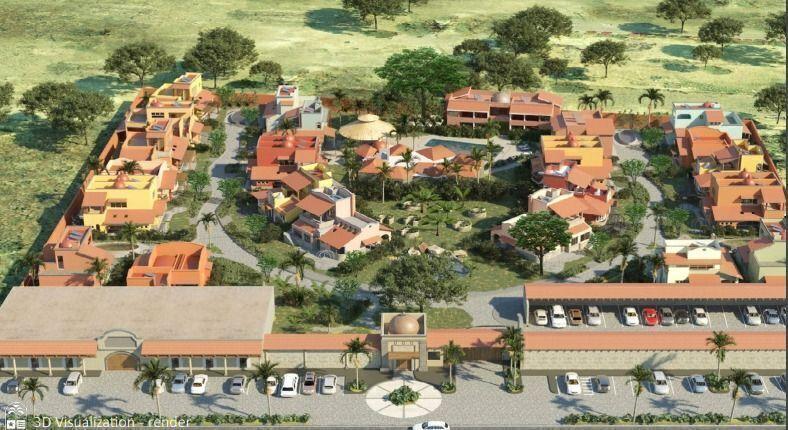In recent years, cohousing has emerged as a viable and increasingly popular housing solution for those seeking a more community-oriented way of life. For expatriates—specifically those from the United States and Canada—living in Mexico, this model has particular appeal.
Yet, questions and misconceptions abound.
Is this assisted living?
Is it just a dressed-up version of a vacation rental?
And how do you finance such a venture in a country with limited residential lending options for foreigners?
This essay aims to address these questions and explore the potential for an age-restricted, health-focused cohousing community in Mexico.
What is Cohousing?
Cohousing is a model rooted in community, first developed in Denmark in the 1960s. Unlike traditional housing arrangements, cohousing involves a collection of private households centered around shared spaces.
These communities are intentional, meaning that residents choose to be a part of them, often participating in a communal governance structure. Activities, from shared meals to communal gardening, are designed to foster social interaction and combat the adverse effects of loneliness, particularly critical for older adults.
Cohousing vs. Co-Living vs. Assisted Living vs. Vacation Rentals
Let’s clarify what cohousing is not.
It is not a coliving multi-family project, an assisted living facility, or a traditional vacation rental.
Co-living arrangements are often designed for urban dwellers, particularly younger professionals or students, who share living spaces for economic and social benefits. While it offers the advantage of immediate community, co-living spaces often don’t involve long-term commitments or shared governance. They are usually managed by a third party and don’t foster the deep, community relationships that are the hallmark of cohousing.
Assisted living offers medical or day-to-day care, whereas a cohousing community is designed for people who are generally able to live independently. The emphasis is on preventive health and social interaction rather than care provision.
Similarly, vacation rentals are transient by nature, not built to foster long-term relationships or community governance.
Cohousing, in contrast, is designed for people interested in building lasting connections. As someone who cared for both of my aging parents through the end of life, including managing dementia, I know first-hand the gap that exists between assisted living facilities and independent living options.
Cohousing can serve as a bridge, offering both independence and a sense of community that can be critically important for mental health, especially as we age.
The Flexibility of Cohousing – Age Restriction or All Ages?
The beauty of cohousing is that it can be incredibly flexible, adapting to serve the needs of various communities. While our current focus is on an age-restricted model targeting those 50 and above, we appreciate that cohousing can also offer significant benefits to families at different stages of their lives.
In a mixed-age community, younger families would have the benefit of “built-in” wisdom and experience from older residents, while older residents could enjoy the vitality and exuberance that children bring into an environment. There’s also a practical benefit: Younger families often need childcare, while older residents sometimes require a bit of assistance with tasks—needs that could be mutually met within a community.
Moreover, a mixed-age cohousing community could be an excellent fit for expats, who often move with their whole families and would appreciate the immediate support network that cohousing provides. This is especially valuable in a new country where local knowledge from those who’ve been around longer could be incredibly helpful.
The Financial Aspect: Residential Lending in Mexico and a Developer’s Perspective
When considering the financial aspects, the limitations of Mexico’s residential lending market for expats cannot be ignored. Traditional financing options are limited, necessitating creative approaches to homeownership. One such approach is the concept of ‘rent-to-own’ through seller financing, which can offer a path to ownership without requiring a massive upfront investment. This would not only make it more accessible but also align well with the idea of having residents who are financially and emotionally invested in the community.
For any real estate developer, the traditional model of building and then selling residential units can be financially challenging. Generally, profits aren’t realized until the tail end of the project, once a substantial number of units have been sold. This creates a significant risk and liquidity issue.
This is where the idea of offering a variety of ownership and rental options, including a rent-to-own concept, becomes particularly attractive from a developer’s standpoint.
It offers the immediate benefit of cash flow, providing an ongoing source of operating revenue that can be reinvested into the project. In effect, it helps in stabilizing the financial health of the development while building up a resident community.
Not only does this provide liquidity and reduce risk, but it also helps accelerate the community-building aspect of the development. Residents who enter the community through a rental or rent-to-own model can immediately contribute to the community vibe, participate in governance, and make use of shared amenities. This active community can, in turn, serve as a selling point, making the remaining units more appealing to potential buyers or long-term renters.
Seller financing in the form of a rent-to-own model also mitigates the issue of limited residential lending options available to expats in Mexico. By offering a path to ownership that doesn’t require navigating the complexities and limitations of local banks, developers can widen the pool of potential residents, thereby increasing demand and potentially driving up unit prices.
Thus, from a financial standpoint, offering varied paths to community membership not only caters to a broader range of potential residents but also delivers immediate operational advantages to developers.
It’s a win-win situation: Developers gain the financial stability to enhance and maintain the community, while residents get to become part of a community that is financially sustainable in the long term.
Navigating Cohousing Traditions: A Response to Purists
The conventional wisdom surrounding cohousing often involves the notion that a group of like-minded individuals come together, interview each other, and decide collectively to build a community.
According to this purist viewpoint, the community evolves organically, driven by shared ideals, interests, or needs. While this model is undeniably valuable and offers deep communal bonds, it isn’t the only path to creating a thriving cohousing environment.
The purist’s model demands an enormous investment of time (up to a decade in some cases) and effort from each member, which might be a barrier to entry for many. For retirees or busy professionals, the prospect of engaging deeply in the community-building process before any physical building occurs might be impractical or unappealing. Furthermore, organizing such a community from scratch takes years, which might not be an option for those seeking immediate relocation or lifestyle change.
A developer-led cohousing project offers an alternative that is both pragmatic and appealing for a certain demographic. It can provide the physical framework, governance model, and essential amenities from the outset, thus lowering the entry barrier for those who are attracted to the cohousing lifestyle but unable to commit to building a community from the ground up.
This approach does not preclude community involvement. On the contrary, early residents can have a voice in shaping community guidelines, organizing social activities, and even contributing to the design of communal spaces.
The developer can facilitate regular meetings, both online and in-person, where future residents have the opportunity to meet, discuss their visions for the community, and develop the social bonds that are central to any cohousing model.
From a developer’s perspective, this approach allows for a more streamlined execution of the project, offering immediate operating revenue and community involvement, while also leaving room for the community to evolve and mature over time. In this way, it combines the best of both worlds: it offers the structure and immediate availability of a developer-led project, with the potential for resident-driven evolution and governance that is the hallmark of traditional cohousing.
Cohousing: Mental Health Benefits
One of the cornerstones of the cohousing model is its potential for positive mental health outcomes. Social isolation is a significant concern for older adults, contributing to a range of mental and physical health issues, from depression to cognitive decline.
A cohousing community, with its built-in social network and shared activities, can serve as a preventive measure against such outcomes. While any housing option can offer shelter, a community-oriented approach can offer something far more valuable: a sense of belonging.
Responding to Queries and Misconceptions
When I polled potential expats interested in a cohousing model in Mexico, the questions and concerns were enlightening.
For example, one query pointed out that cohousing traditionally involves long-term commitment and suggested that short-term rentals would be contrary to this idea. While this is generally true, the needs and lifestyles of the 50+ expat community are diverse. Therefore, a variety of ownership and rental options, including long-term rentals and fractional ownership, could serve this community well.
Another question related to whether the community would offer “senior assisted living.” While there is a pressing need for such facilities, especially with waterfront amenities, the pricing would be prohibitive for many seniors. The communities we want to build would be age-restricted and wellness-focused but would stop short of offering medical or day-to-day care, aiming instead for a proactive, engaged environment that promotes healthy aging and mutual support.
Conclusion
Cohousing offers a compelling alternative for 50+ expats in Mexico, balancing community engagement with individual freedom. While financial barriers exist, creative solutions like rent-to-own arrangements can make this lifestyle accessible to many. Furthermore, the model offers a tangible solution to the social and mental health challenges that accompany aging, filling a niche that neither assisted living facilities nor vacation rentals can adequately address.
As owners invested in property in Mexico, we are committed to developing this concept for expats and aging Mexican natives alike. The input and concerns of the community will be invaluable, helping to shape a housing model that meets the unique needs of older adults living abroad.
Marcelo Bermudez, CEPA, divides his time in the US and Mexico with his wife and high school sweetheart, and their three children.
He is a commercial real estate and business capital access expert, a Certified Exit Planning Advisor (CEPA) & Commercial and Civil Mediator.
Marcelo is a Ventura County Leadership Academy alumni dedicated to studying awareness of critical issues in business, education, government, infrastructure, agriculture, housing & transportation.
He is a recipient of the Fulfillment Fund Tom Sherak Inspiration Award & USC’s Widney Alumni House Award for excellence & community.


